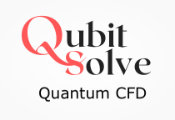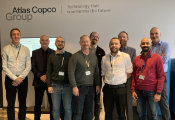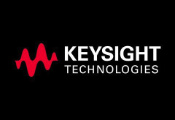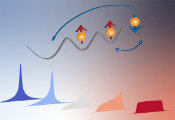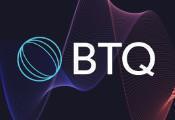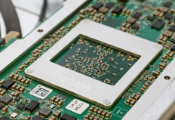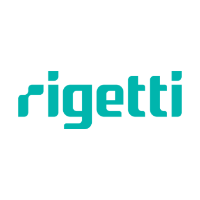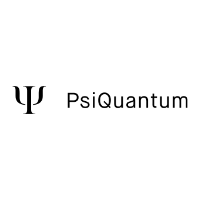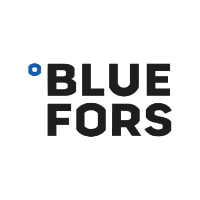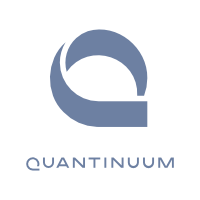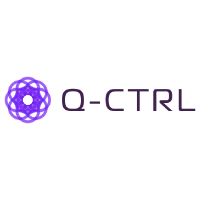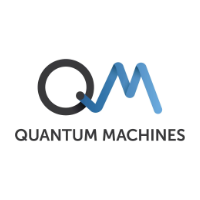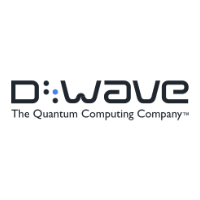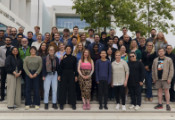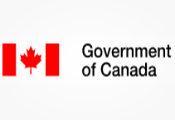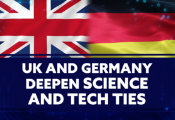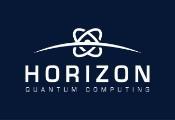Strathclyde Joins Leading Institutions to Address Quantum Computing Challenges
January 22, 2025 -- The University of Strathclyde has partnered with the National Physical Laboratory (NPL) and Quantum Motion to develop new ways to overcome the challenges of running quantum control electronics in extremely cold conditions.
Quantum computing systems typically operate at deep cryogenic temperatures near absolute zero, -273.15° Celsius, inside cryostats, devices used to maintain extremely low temperatures.
These systems require supporting electronics to send and process signals but most of these control electronics exist in large racks at room temperature in the lab. Sending sophisticated signals generated at room temperature into ultra-cold and vacuum-tight cryostats is difficult.
Significant challenges
The ultra-cold environments present significant challenges in maintaining performance and scalability due to detrimental thermal effects such as self-heating and on-chip temperature gradients.
The three-year FIRETRACE project will create advanced tools for measuring and modelling the thermal behaviour of cryogenic electronics, a critical step towards integrating these components with quantum devices.
The project, jointly funded by the UKRI Engineering and Physical Sciences Research Council’s (EPSRC) Prosperity Partnership scheme and start-up company Quantum Motion, will leverage complementary metal-oxide semiconductor (CMOS) technology – the same manufacturing technique used for conventional silicon chips – to design cryogenic electronic components. This integration promises to improve scalability in quantum computing by enabling larger quantum systems with more efficient signal processing and thermal management.
Dr Alessandro Rossi, UKRI Future Leaders Fellow and Principal Investigator at the Semiconductor Quantum Electronics (SEQUEL) Lab at Strathclyde, said: “This collaboration is a great opportunity for Strathclyde to work alongside business leaders in semiconductor quantum technology.
“Besides developing new cutting-edge techniques to design and validate cryogenic electronics for quantum applications, the partnership will help train our students in becoming the quantum engineers of tomorrow.”
Strong team
FIRETRACE is also supporting the newly established Centre for Doctoral Training (CDT) in Applied Quantum Technologies at Strathclyde, fostering the next generation of researchers in quantum engineering.
Grayson Noah, Lead Integrated Circuit Validation Engineer, Quantum Motion: “Performing cryogenic device characterisation is like piecing together a puzzle. As we’ve completed more pieces of that puzzle, it has become clear that one of the largest chunks still missing lies in precisely the thermal aspects we plan to uncover in this project. I can’t wait to tackle these alongside this strong team of collaborators.”
Jonathan Fletcher, Senior Research Scientist at NPL, the UK's National Metrology Institute, said: “I’m excited to work in this multidisciplinary team on the challenges of cryogenic electronics. This project illustrates clearly that metrology is a key ingredient of quantum technology, in quantum components and the systems used to control them.”
The partnership will also lay the groundwork for future innovations, including multi-channel amplifier chips, fast-switching qubit systems, and advanced thermal management techniques, all of which are vital for unlocking the scalability of CMOS technology for quantum computing.
The EPSRC Prosperity Partnership scheme supports business-led research addressing industrial challenges, fostering collaborations between industry and academic institutions.


